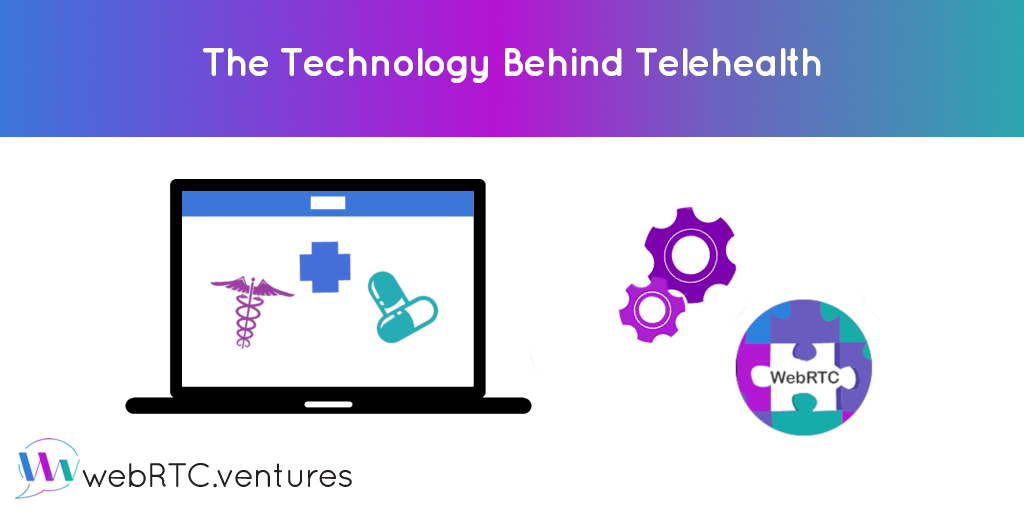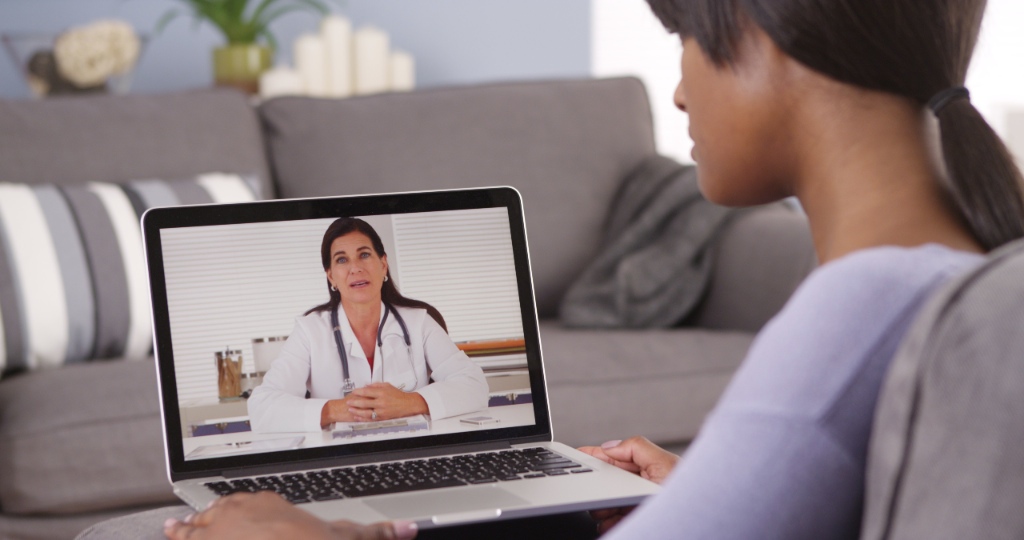Telehealth has made enormous contributions to improve the delivery of health services around the world. Today we’ll take a look at the technology that makes it possible.
Real-Time Communications (RTC)
Real-time is a form of communication in which information is transmitted instantly under low-latency conditions, like in a typical conversation between two people. A common example of this is a phone call.
Real-time communication can be either half-duplex or full-duplex:
- Half duplex is when communication occurs through a one-way channel. Think of this like two people using walkie-talkies. Only one of them can speak at a time, and each person says “Over” to let the other person know they are finished speaking.
- Full-duplex is when communication occurs through a two-way channel. Think of this like phone call. Both people can speak and listen at the same time.
An important thing to mention about RTC is that the data transmitted is consumed directly. In other words, there are no intermediary storages between peers. There can be intermediary nodes that process the information, but it still goes straight from the sender to the receiver.
RTC technology has gained popularity thanks to social media apps like Skype, Whatsapp, and FaceTime. The spread of these applications have put them in the spotlight. What first was merely a social commodity has now made its way into other fields. Now doctors and other healthcare professionals can use RTC to their advantage to improve the delivery of their healthcare services.
Store-and-Forward Communication
Store-and-forward is a communication technique in which data is stored on an intermediary node before being sent to its final destination. A prime example of this is email.
When you send an email, it is first stored on the email server before an email client retrieves it and shows it to the recipient.
The main characteristic of this approach is that the sender and the receiver are not required to be present at the moment of sending or receiving the information . There is a delay between responses.
Store-and-forward is very popular among teleradiology, teledermatology, and other imaging services.
WebRTC
WebRTC is a full-duplex real-time communication technology that allows individuals to transmit video, audio, and data. It’s implemented in most major browsers and can also be used on mobile apps.
The most common application of WebRTC is video conferencing, but it can also be used for chat, online games, and any kind of real-time information delivery.
The cool thing about WebRTC is that it is secure by default. This is because it encrypts the data while it’s in transit, which makes it more difficult for hackers to intercept it.
As the real-time technology it is, WebRTC works peer-to-peer, but it’s also common to add an intermediary server to incorporate advanced features, such as call recordings and simulcast.
WebRTC is the perfect technology for developing HIPAA-compliant applications. This is an important requirement when it comes to providing telehealth services in the US. Social applications like Skype and FaceTime are not HIPAA-compliant, so it isn’t safe to deliver telehealth using these applications.
As developers of WebRTC products, one of our main challenges is being able to implement all of this complexity while designing an easy-to-use interface for both doctors and patients to use.
Fortunately, WebRTC has evolved to make this easier for us to accomplish. The Communication-Platform-as-a-Service (CPaaS) offering allows us to implement RTC capabilities without too much hassle, and thanks to recent additions to the technology, a completely plugin-less experience will be possible in the near future.
What Are the Practical Applications of Telehealth?
Live video is probably the first thing people think of when hearing the word “telehealth.” This allows for the ability to see a doctor face-to-face no matter the place, reducing the need for office visits.
In rural areas where healthcare professionals and services are limited, live video can help to increase the access to these services, improving the quality of life of individuals in their communities.
Healthcare providers can also benefit from live video capabilities because it allows: (a) doctors to talk each other across long distances, (b) hospital departments to coordinate information easily, and (c) healthcare professionals to set up video conferences instead of having to travel.
Remote patient monitoring is useful for the treatment of chronic diseases outside of the boundaries of clinics (e.g., in the home), which allows increased access to care and decreases the cost of delivery.
Store and forward technology enables patients and doctors to send images, such as X-rays, to remote specialists. This is especially important in rural areas where access to these services is limited.
mHealth apps give patients more control over and a better idea of their overall health and how they can improve it.
It’s clear that telehealth is revolutionizing healthcare services. Contact us today to get a HIPAA-compliant app that perfectly serves the needs of your own practice.












